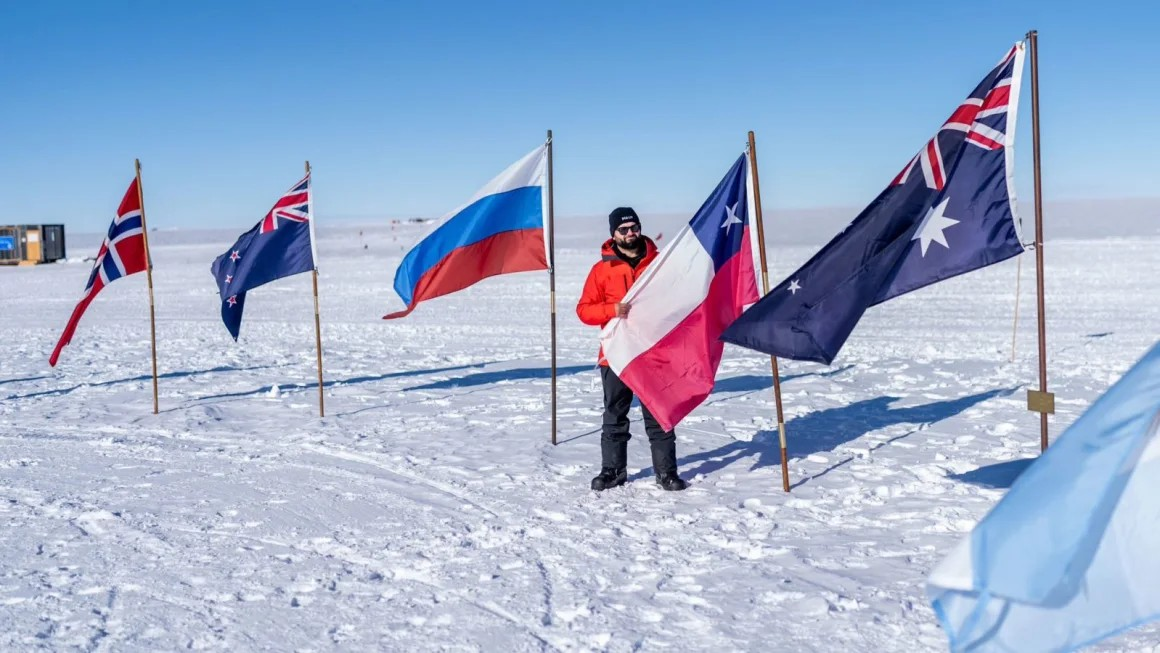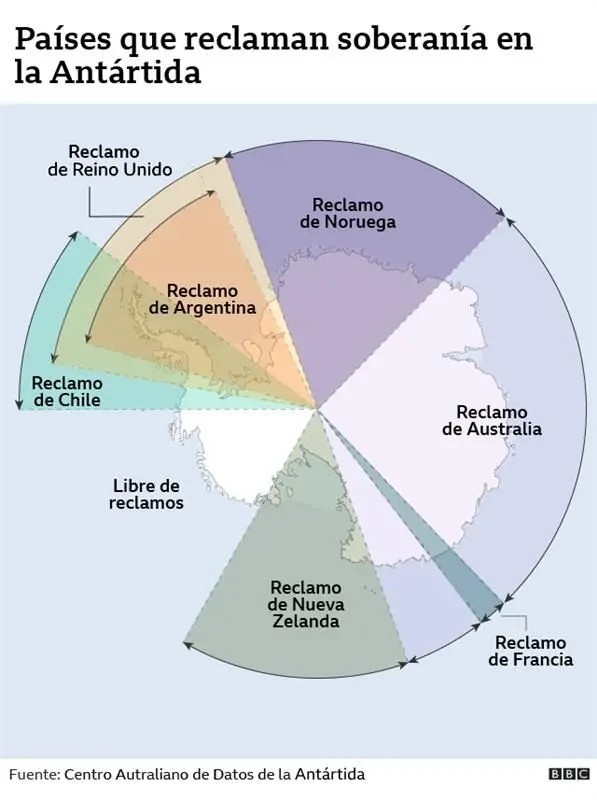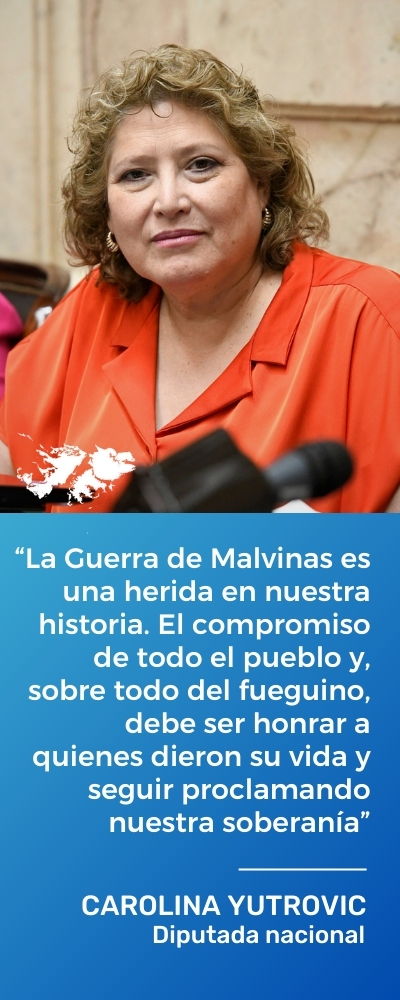El presidente de Chile, Gabriel Boric, viajó al Polo Sur de la Antártida el viernes 3 de enero pasado, un lugar donde “ningún otro presidente latinoamericano ha puesto pie”, según manifestaron fuentes del gobierno chileno a la CNN en Español.
Boric encabezó el histórico viaje de dos días, llamado Operación Estrella Polar III, para extender el monitoreo ambiental de contaminantes en la Antártida, expresó el gobierno de Chile en un comunicado.
Acompañado de científicos, comandantes de las Fuerzas Armadas (FF.AA.) y ministros del gobierno, partió desde Santiago de Chile hasta Punta Arenas. Desde allí, la comitiva hizo varias paradas antes de llegar a la Estación del Polo Sur Amundsen-Scott, operada por Estados Unidos (EE.UU.).
Si bien Chile ha llevado a cabo históricamente actividad científica en el sector norte de la Antártida, el gobierno del vecino país pretende expandir la investigación hacia el oeste del continente, según su comunicado.
Sobre su viaje al Polo Sur Boric dijo: “Es un honor y un orgullo poder estar acá, con las capacidades del Estado chileno en coordinación con diferentes instituciones del mundo, partiendo por las nuestras”, enfatizando que: “Es un hito para nosotros. Este es un hito para nosotros. Es la primera vez que un presidente chileno y latinoamericano visita el Polo Sur”, manifestó.
ICN señaló que el mandatario chileno reafirmó el compromiso de su país con la protección de la Antártida y su rol en la ciencia global. “Es también una ratificación de nuestra pretensión de soberanía en este espacio. Desde aquí todo es norte: hay sólo 12 banderas flameando, una de ellas es la bandera chilena”, agregó.
La BBC destacó que sólo otros dos líderes mundiales habían visitado el Polo Sur antes de Boric, ellos fueron los primeros ministros de Nueva Zelanda (Helen Clark, en el 2007) y Noruega (Jens Stolenberg, en 2011).
En enero de 2024, el presidente de Argentina, Javier Milei, viajó a la Antártida, pero tan solo visitó dos de las trece bases que su país tiene operativas en esa región, pero no alcanzó el hito de llegar hasta el Polo Sur, señaló la BBC.
Países que reclaman soberanía sobre la Antártida
La Antártida es uno de los territorios más grandes del mundo. Siete países reivindican partes de su extenso territorio de 14 millones de kilómetros cuadrados. Esas naciones son: Argentina, Australia, Chile, Francia, Noruega, Nueva Zelanda y Reino Unido de Gran Bretaña e Irlanda del Norte.

“El primero en instalar una base permanente en la región y declarar su soberanía allí fue Argentina, en 1904. La Base Orcadas es la estación científica antártica más antigua todavía en funcionamiento”, señaló acertadamente la BBC, agregando que Argentina considera a la región como “una extensión de su provincia más austral, Tierra del Fuego, al igual que las islas Malvinas, Georgias del Sur y Sándwich del Sur”.
Sin embargo, Reino Unido, que usurpa las islas Malvinas, Georgias y Sándwich del Sur hizo su propio reclamo antártico en 1908, cuatro años después que el realizado por Argentina, reivindicando una región que abarca por completo el sector reclamado por los argentinos.
Chile, sumó su propio reclamo muchos años más tarde, en 1940, también sobre la base de que era una extensión natural de su territorio.
La visita de Boric se produce "en un momento importante para los esfuerzos científicos de Chile en la región", dijo su oficina. En el pasado, Chile ha concentrado sus investigaciones en la parte norte de la Antártida, pero el país sudamericano espera ampliar sus esfuerzos a los mares de Bellingshausen y Weddell, según el comunicado de la presidencia y que destaca la BBC.
¿Qué riquezas esconde la Antártida?
Uno de los principales motivos tiene que ver con las riquezas en abundantes recursos naturales, que potencialmente yacen debajo de esa enorme capa de hielo.

"Hay una razón por la cual los geólogos a menudo tienen el lugar más destacado (en las bases científicas de la Antártida)", señala el documentalista y periodista Matthew Teller, quien ha escrito extensamente para la BBC sobre el continente blanco.
A pesar de que la prospección petrolera y minera está prohibida por el Tratado Antártico, sí se puede explorar con fines científicos. Los expertos han logrado estimar que bajo el suelo antártico hay unos 200.000 millones de barriles de petróleo: "Mucho más que Kuwait o Abu Dhabi", resaltó Teller a la BBC.
Sin embargo, hoy no es viable explotar esos recursos, porque -además de que está expresamente prohibido- el costo de extracción sería demasiado alto. Esto se debe a que, a diferencia del Ártico, que está conformado principalmente por océano congelado, la Antártida es un continente rocoso cubierto de hielo. Y esa capa de hielo puede alcanzar los cuatro kilómetros de profundidad.
En tanto, construir plataformas petroleras off shore en las proximidades de la costa antártica, donde se cree hay vastos depósitos de petróleo y gas, también resultaría muy costoso debido a que allí el agua se congela en invierno.
Fuentes:






